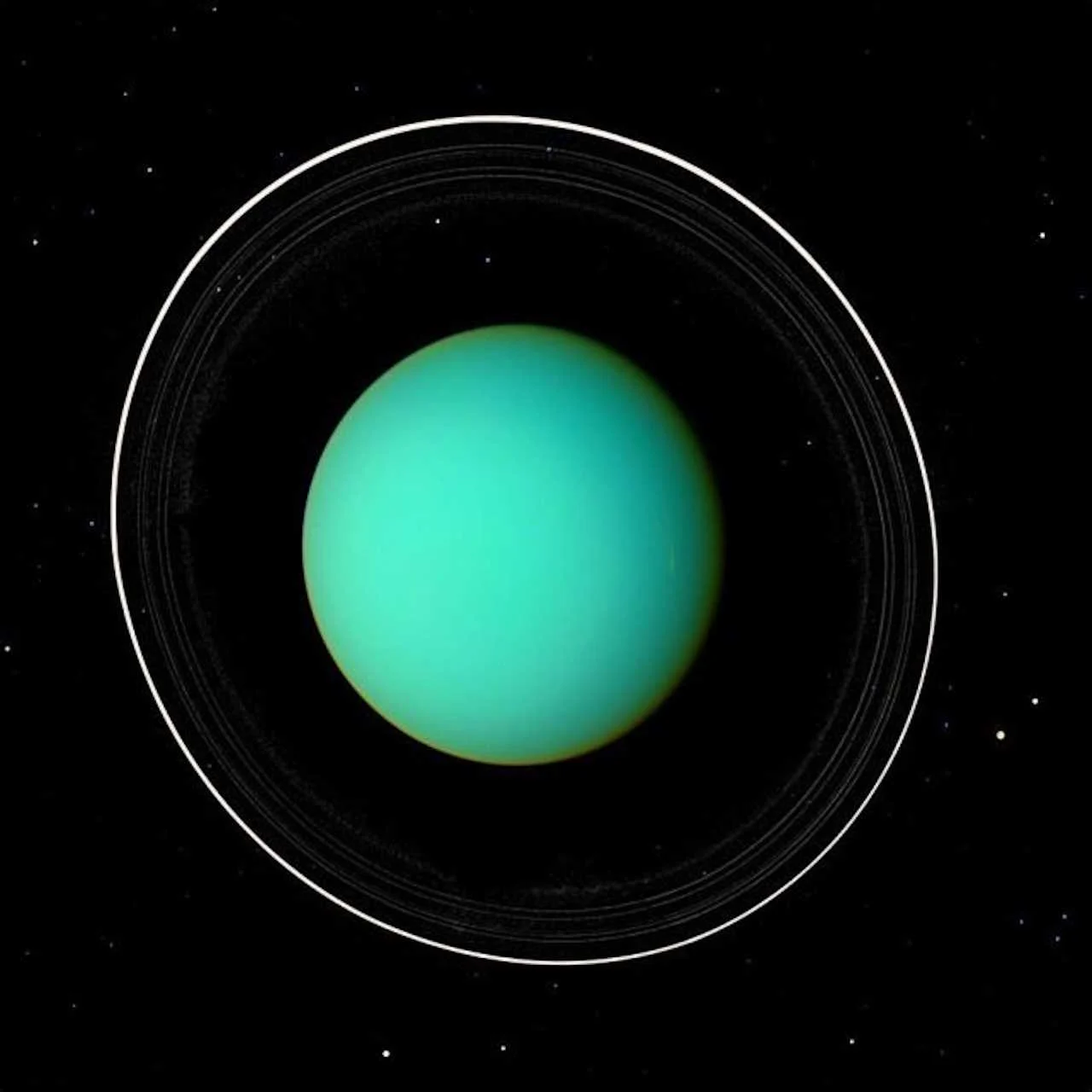The unusual magnetosphere of Uranus turned out to be the result of a temporary burst of solar activity

Uranus' magnetosphere, thought to be a unique feature of the planet for nearly 40 years, was actually a temporary distortion caused by a burst of solar activity during the Voyager 2 flyby in 1986.
Scientists claim that if the device had made its flyby at least a week earlier, the data could have been completely different, because at that time solar activity was less intense, and the planet's magnetosphere would have been more typical of gas giants. Such conclusions were published in the journal Nature Astronomy.
What new knowledge about Uranus was obtained?
In 1986, when the Voyager 2 spacecraft was approaching Uranus at a distance of 80,000 km, it recorded the presence of plasma in the planet's magnetosphere and an abnormally high intensity of its radiation belts, which contrasted with other planets in the Solar System.
One of the biggest mysteries was the structure of Uranus' magnetic field, which appeared to be highly offset and tilted, unlike the magnetic fields of other planets. This has led scientists to speculate that Uranus has a unique magnetic environment.
However, a new study has shown that the measurements obtained during the Voyager 2 flyby do not necessarily reflect the normal state of the planet. The researchers found that the increased solar wind compressed the planet's magnetosphere to 20 percent of its normal volume.
This created unique conditions that changed the appearance of the magnetic field, leading to results that did not correspond to the typical state of the planet. The study also explains the absence of plasma in the magnetosphere due to its significant compression and the anomalous intensity of radiation belts filled with high-energy electrons coming from the Sun.
Such discoveries emphasize the importance of further studies of Uranus to gather more accurate data about its magnetosphere and internal structure. NASA is already planning to launch a mission to the planet in the 2030s for further study.